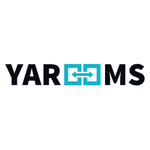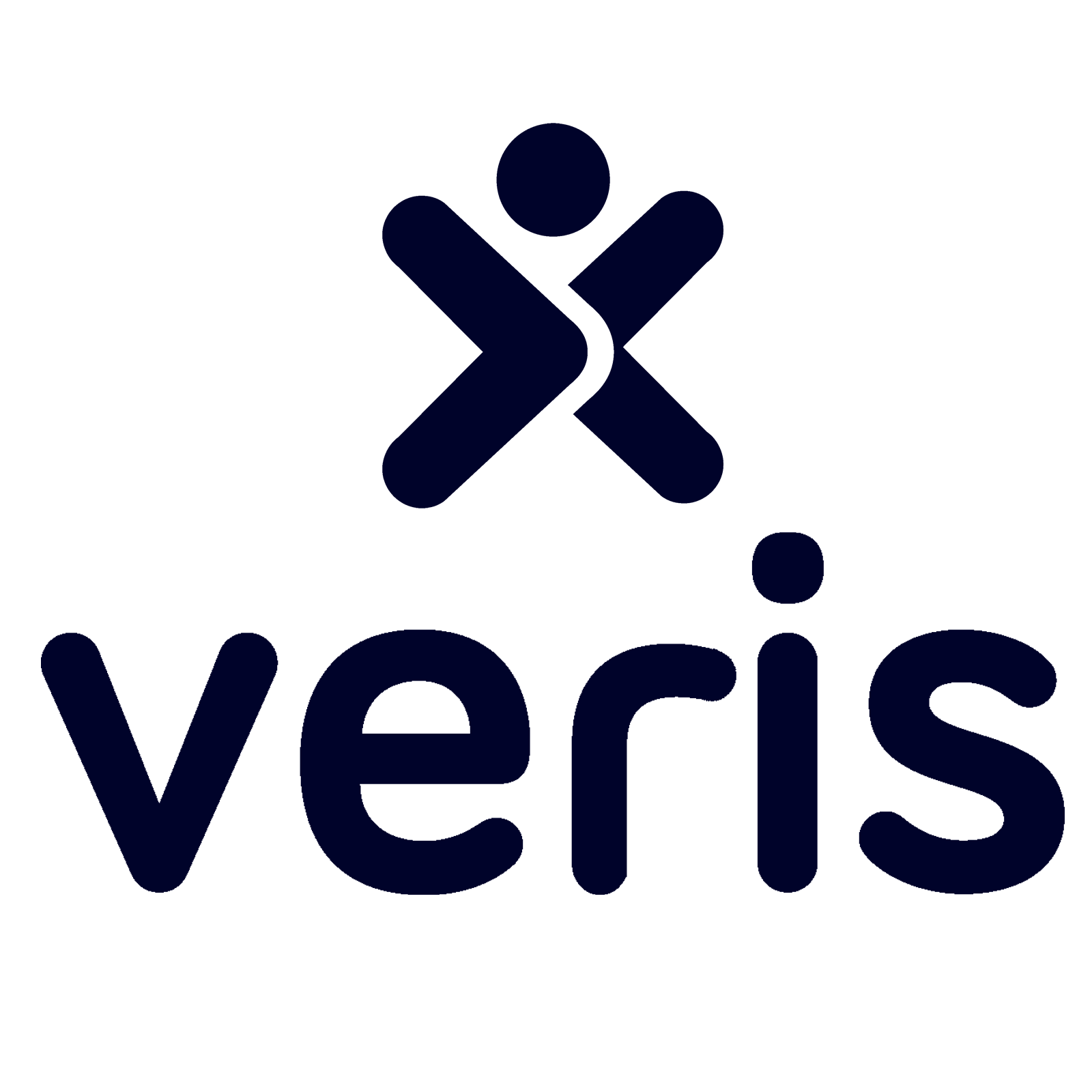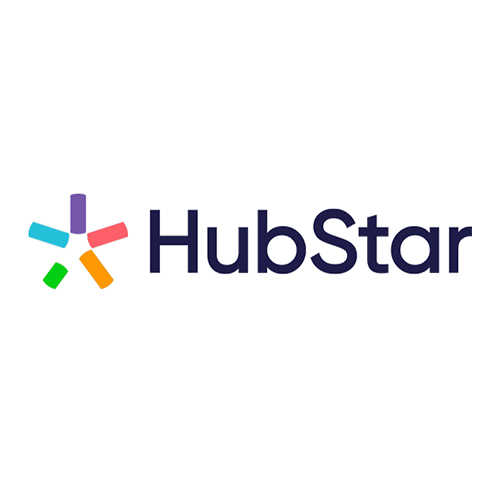What Is Space Management Software?
Space management software is a strong tool that enables firms to efficiently manage their physical locations and resources. With the growing demand for space optimization, this software has emerged as a must-have solution for businesses across a wide range of industries. At its foundation, space management software provides real-time information about space usage, occupancy levels, and resource allocation, allowing businesses to make data-driven decisions.
It serves as a primary point for all physical places, allowing users to quickly monitor and manage reservations, bookings, and usage data. This software does more than just manage rooms and workstations; it also includes floor design, wayfinding, and occupancy tracking. This allows firms to generate and visualize floor plans, measure movement inside an area, and identify patterns to improve productivity.
Furthermore, space management software helps with space planning and forecasting. By examining consumption and occupancy data, organizations may make informed decisions regarding future space requirements, saving time and money in the long term. Another big benefit of employing space management software is that it integrates with other systems such as access control, event management, and facility management. This streamlines operations and provides a consistent experience for both users and administrators.
What Are The Recent Trends In Space Management Software?
Space management software is a fast expanding segment in the company and workplace management landscape. The demand for efficient and effective space management solutions has increased as remote work and flexible workspaces have become more popular. As a result, software developers are constantly updating and refining their solutions in order to remain relevant and competitive in the market.
Let's explore, we'll look at some of the latest trends in space management software to help you make an informed purchase for your firm.
1. Integration With IoT Technology: One of the most significant recent advances in space management software is the inclusion of IoT technologies. This enables the collecting and analysis of real-time data from a variety of sensors and devices across a building, offering precise insights on space utilization. With this information, firms may make informed decisions about space allocation and optimize it to meet changing needs.
2. Including Augmented Reality (AR) And Virtual Reality (VR) Features: As remote work grows increasingly common, space management software has evolved to integrate AR and VR features. These capabilities allow users to see and experience environments remotely, decreasing the need for real walkthroughs. Businesses can use these technologies to make space planning and utilization decisions without having to be physically present in the office.
3. AI For Smarter Space: Allocation AI-powered algorithms are increasingly being integrated into space management software to assist with more efficient space allocation. These algorithms use past data and patterns to create reliable forecasts and suggestions about space consumption. AI can help firms maximize their space and eliminate waste, resulting in cost benefits.
4. Mobile Accessibility: The most recent development in space management software is its connectivity with mobile devices. This enables users to access and manage space-related information while on the go, making it easier to make quick decisions and changes as needed. Mobile accessibility also improves team cooperation and communication, resulting in greater efficiency and production.
5. Customisation and Personalization: Space management software companies are now providing more adaptable and tailored solutions to satisfy the unique requirements of various enterprises. This includes customizing the software to suit a company's logo and culture, as well as adapting to their specific space management needs.
Benefits Of Using Space Management Software
Space management software is a useful tool for enterprises to improve the use of physical space, whether in an office, retail store, or other commercial context. This form of software has a number of advantages that can significantly boost efficiency and production within a place.
Let's explore, we'll look at the main advantages of adopting space management software to help you make an informed decision for your company.
1. Efficient Space Utilization: One of the key advantages of adopting space management software is the ability to make the best use of available space. This software enables you to build precise floor layouts, monitor occupancy, and allot space based on your requirements. You can simply identify unused areas and make the required changes to improve your space utilization. This not only saves money on unneeded rent and overhead expenditures, but also enhances a space's overall flow and functionality.
2. Improved Collaboration And Communication: Space management software fosters collaboration and communication among team members. Employees may simply identify and book available conference rooms, desks, or workstations after viewing and accessing real-time data on space usage. This not only helps to minimize confrontations, but also promotes cross-team collaboration and communication, resulting in improved workplace dynamics and productivity.
3. Streamlined Move Management: location management software makes it easier to move to a new location or reorganize your current one. It enables you to plan and execute moves efficiently, resulting in least disturbance to normal operations. This program also assists in tracking and maintaining asset inventory, such as furniture and equipment, which can be readily assigned to specific locations or people to ensure a smooth transition.
4. Improved Visualization And Reporting: Space management software allows you to view extensive information and graphs of your space consumption. These reports provide useful insights on space usage patterns, occupancy rates, and other key indicators that may be used to make data-driven decisions for your firm. This not only allows you to detect and address potential issue areas, but it also aids in maximizing space for future requirements.
5. Improved Compliance And Safety: Space management software can also help to ensure compliance with safety and accessibility laws. This program aids in the identification and mitigation of potential hazards by tracking the location of assets and people inside a given space. It can also help meet safety criteria and accessibility guidelines, such as fire codes and ADA regulations, resulting in a safer and more inclusive workplace.
Important Factors To Consider While Purchasing Space Management Software?
When selecting space management software, it's critical to carefully analyze a few essential elements to make an informed purchase.
Here are the most important factors to consider when choosing the best solution for your needs, from software type to features and pricing.
1. The Purpose Of Use: Before you begin your search for space management software, you must first establish your organization's specific objectives and goals for using it. This will help to limit down your alternatives and ensure that you select a solution that matches your needs.
2. Type Of Software: There are several types of space management software available on the market, including space planning, allocation, and utilization software. Each type has unique characteristics and capabilities, therefore it is critical to evaluate which type is best for your firm.
3. Features And Integrations: When comparing software solutions, assess the features supplied and whether they meet your needs. Common space management software capabilities include floor plan development, occupancy tracking, and reporting. Check to see if the program connects with any other tools your firm employs, such as facility management systems or project management software.
4. Usability And Training: The last thing you want is to invest in complex software that your team finds difficult to utilize. Look for a user-friendly interface and the level of technical knowledge required to use the product. Inquire about the software provider's training and support alternatives.
5. Scalability And Customization: As your company develops and evolves, so will your space management requirements. As a result, it is critical to select software that is flexible and adaptable to your changing needs. Consider whether the program provides customization possibilities to fit the solution to your organization's specific processes and workflows.
6. Data Security: With sensitive data contained in the software, it is vital that the solution provides strong security protections. Inquire about data encryption, user authentication, and any other security measures in place to safeguard your information.
7. Price And ROI Space: management software can be a large investment, therefore it's critical to understand the pricing structure and potential return on investment (ROI) of each solution.
Consider the whole cost, including any extra charges for training, integrations, and continuing support. It is also beneficial to calculate the possible ROI by evaluating the time and cost savings that the software may deliver.
What Are The Key Features To Look For In Space Management Software?
When it comes to effectively managing your physical space, investing in high-quality Space Management Software is critical. This software includes a variety of tools and features to help you improve space efficiency, increase productivity, and save money. However, with so many options on the market, it can be difficult to evaluate which software is the best fit for your individual requirements.
To make the purchasing process easier for you, these are the essential elements to look for in Space Management Software:
1. Visual Floor Plan: The program should provide a user-friendly and configurable visual floor plan that allows you to quickly construct and update your space arrangement. This tool allows you to visualize your space in 2D or 3D, making it easier to find areas for optimization.
2. Space Allocation: Look for software that allows you to assign spaces to individuals, departments, or teams. This feature helps to ensure that each space is used efficiently while avoiding disputes or confusion.
3. Occupancy Tracking: Being able to track your space's occupancy in real time is an important feature to consider. This will provide you insights into space utilization habits and allow you to find areas for improvement.
4. Resource Management: The program should be able to manage a variety of resources, including furniture, equipment, and amenities. This tool allows you to manage inventories, maintenance schedules, and usage data for each resource.
5. Reporting And Analytics: Select software that has full reporting and analytics capabilities. This allows you to monitor space consumption, detect patterns, and make data-driven decisions to optimize your space.
6. Integration With Other Systems: Ensure that the software can work with other systems, such as HR or facility management software, to improve operations and data exchange.
7. Mobile Accessibility: In today's fast-paced environment, it is critical to have access to information on the go. Look for software that includes a mobile application so you can control your area from anywhere.
8. Customization Options: Each business has distinct space management needs. As a result, it is critical to select software that includes customization possibilities, allowing you to modify the software to your exact requirements.
9. User-Friendly Interface: The software's interface should be simple to use and understand. This will shorten the learning curve while increasing user adoption.
10. Customer Support: Finally, assess the level of customer assistance supplied by the software vendor. Look for a provider that provides dependable technical support and help in the event of any problems.
When selecting Space Management Software, consider these essential aspects to make an informed purchase that best meets the needs of your firm. Remember that the correct software may help you manage your area more efficiently, which will ultimately boost your bottom line.
Why Do Businesses Need Space Management Software?
Businesses use space management software to properly and efficiently manage their physical areas, such as an office, warehouse, or retail store. With today's fast-paced and continuously changing work environments, firms must streamline their space management practices. One of the primary reasons why organizations require space management software is to make the best use of their available space.
This program enables businesses to measure and manage their space consumption, discovering regions that are underutilized or overused. By examining this data, firms can make more educated decisions regarding their space consumption, potentially lowering expenses by combining or reorganizing. Space management software also assists businesses in optimizing their space arrangement.
With a visual representation of their rooms, businesses can simply organize and rearrange their furniture, equipment, and resources to create a more functional and productive atmosphere. This can result in improved workflow, increased collaboration among employees, and a more pleasant environment for clients or consumers. Furthermore, space management software allows firms to see their occupancy levels in real time.
This is especially important for firms that use hot desking or shared workspaces because it enables them to rapidly locate available seating for employees or visitors. Businesses that measure occupancy levels can also discover peak use hours and make appropriate adjustments to meet the needs of their employees. Furthermore, space management software can help firms comply with safety and accessibility laws.
This program can assist businesses in avoiding costly penalties and preventing potential safety issues by tracking things like fire exits, wheelchair accessibility, and occupancy limitations. Finally, space management software can help firms budget and estimate their future space needs. Companies that understand their present space use and occupancy trends can create more accurate estimates for future growth or downsizing. This can save firms time and money by avoiding unneeded workplace relocations or expansions.
How Much Time Is Required To Implement Space Management Software?
The implementation time for space management software varies according to the organization's individual demands and requirements. Implementing and integrating software into existing systems and procedures might take anywhere from a few weeks to many months. Some elements that can influence implementation time include the organization's size and complexity, the extent of the software's features and functionalities, and the level of customisation required.
Smaller firms with simpler demands may be able to install the software sooner, but larger organizations with various locations and complicated requirements may need a longer implementation period. It is equally critical to examine the readiness and participation of the organization's team in the implementation process. A dedicated and competent staff can help speed the implementation process and assure the software's successful launch.
Overall, while implementation times may vary, it is critical to focus on the ultimate aim of optimizing space management operations and attaining maximum efficiency and cost savings for the company. Proper preparation and communication with the software vendor can contribute to a successful and timely installation process.
What Is The Level Of Customization Available In Space Management Software?
Space management software is an effective tool for enterprises and organizations who want to maximize their physical space and resources. When selecting space management software, one crucial factor to consider is the level of customization available. This can significantly affect the software's efficacy and relevance to your specific requirements. At its foundation, space management software assists users in visualizing and organizing their physical spaces, such as offices, conference rooms, and workstations.
The level of customization possible varies per software. Some may provide a minimal set of templates and customization possibilities, but others offer a more extensive and specialized approach. Before making a purchase, you should understand the level of customization available with the software you are considering. This ensures that the software matches your specific specifications and is adaptable to your changing needs.
One factor to consider is the flexibility to personalize the layout and style of your room. Some applications may provide pre-made templates, but others allow you to design and modify your own layouts. Furthermore, the level of complexity and precision in these adjustments may vary by software. Another important feature is the ability to add and change data points in the software. This could include details like room size, equipment and furniture locations, and floor plans.
The more customizable these data points are, the more effectively you can manage and measure your environment. Furthermore, the extent of modification may affect the software's reporting and analytics capabilities. Some software offers configurable reports and data visualizations, providing you a better knowledge of your space utilization and potential areas for improvement. It is also critical to assess whether the software can work with the other systems and technologies that your firm employs. This can improve customization options and simplify data management operations.
Which Industries Can Benefit The Most From Space Management Software?
Space management software is a valuable tool that may help a variety of sectors. Whether you are a tiny firm, a giant corporation, or anywhere in between, this software can help you maximize space, improve efficiency, and boost production.
Let's explore, we'll look at which sectors can benefit most from space management software and how it can transform their operations.
1. Corporate And Commercial Offices: require effective space management to utilize resources and accommodate a rising workforce. These organizations may successfully plan and manage their office space using space management software, which includes organizing workstations and conference rooms, tracking occupancy, and optimizing layouts.
2. Retail And Hospitality: In the retail and hospitality industries, space layout and design have a huge impact on consumer experience and sales. Space management software can assist firms in this industry in visualizing their space, planning store layouts, and tracking client flow to create a welcoming and efficient atmosphere.
3. Education And Healthcare: The education and healthcare industries rely largely on effective space management to provide high-quality services to students and patients alike. Space management software allows schools to distribute classrooms and manage schedules, while hospitals may optimize patient rooms and medical equipment to improve the overall patient experience.
4. Real Estate And Property Management: Real estate and property management firms can considerably benefit from space management software. It can help property managers streamline their procedures, track vacancies, and manage leases, allowing them to better distribute space to renters and earn higher returns.
5. Manufacturing And Industrial: Space management software can be used in the manufacturing and industrial sectors to improve production processes, track equipment and inventory, and plan for future growth. This software can also assist firms in meeting safety and compliance laws by effectively controlling hazardous products and keeping necessary spacing buffers.
6. Government And Public Sector: When it comes to space management, government agencies and public-sector companies must adhere to specific criteria. Space management software can assist these organizations in complying with rules, efficiently managing government-owned buildings, and planning for future space requirements.
7. Building And Planning: Finally, space management software may help the building and planning industries with project planning, resource allocation, and cost estimation. This software can provide architects, engineers, and construction managers with real-time data and insights, allowing them to optimize space use and project efficiency.
Conclusion
Finally, selecting the appropriate space management software can dramatically improve your organization's efficiency and productivity. You may make an informed decision that matches your specific demands by thoroughly examining them and taking into account essential criteria such as budget, features, and support. We've discussed a variety of space management software alternatives, each with its own set of benefits and weaknesses.
Whether you are a small business searching for a low-cost solution or a large organization in need of powerful features and support, there is software available for you. Remember to involve important stakeholders in the decision-making process, and prioritize features and functions that correspond with your organization's objectives. Monitor scalability and integration capabilities to ensure long-term success and flexibility.
Ultimately, investing in space management software can help you streamline processes, increase collaboration, and make better use of space and resources. We hope this buyer's guide helped you select the best software for your individual needs. Happy shopping!






















